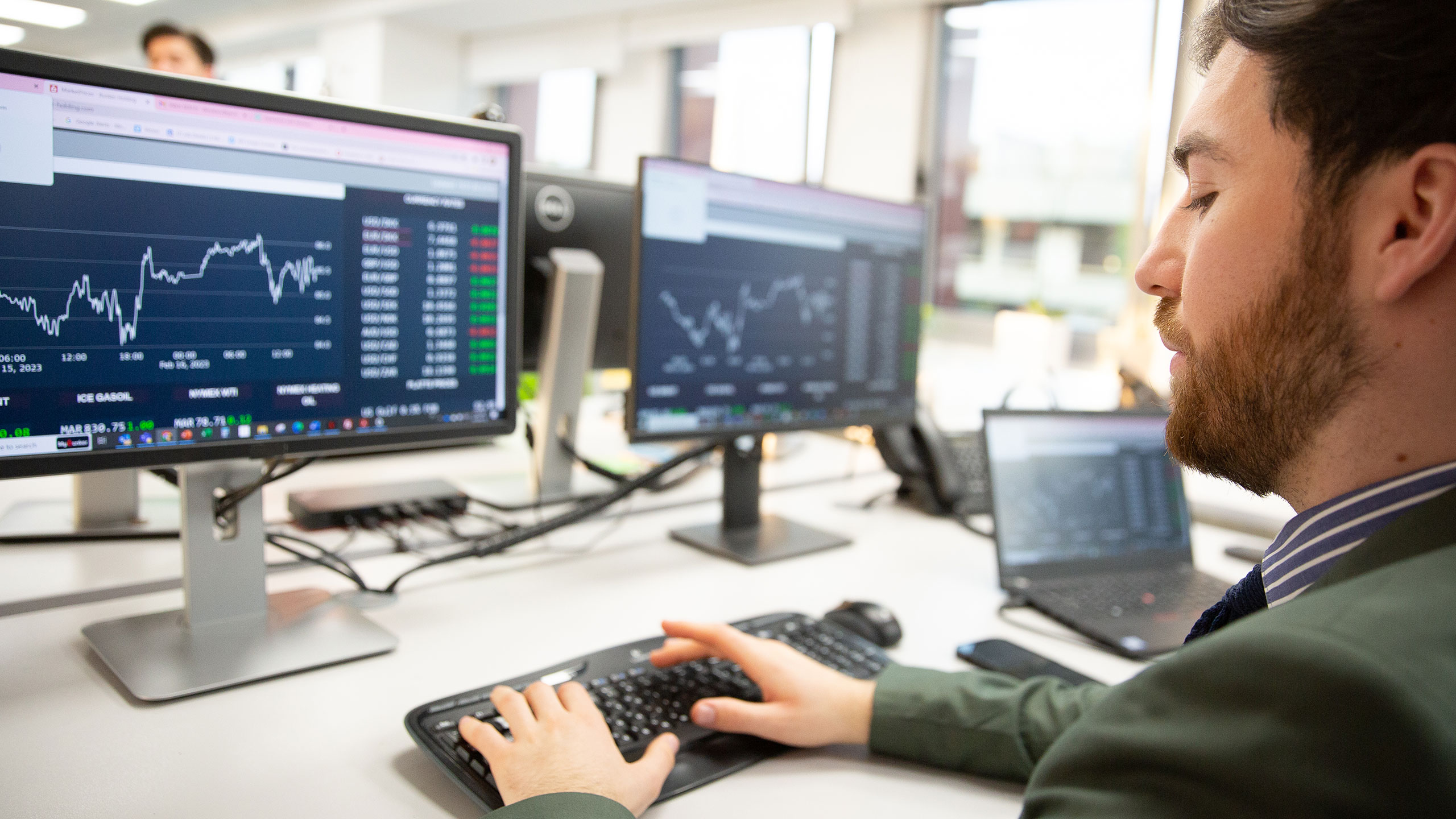In the fast-paced world of finance, the stakes are high and the risks ever-present. Enter trading simulators, sophisticated tools designed to bridge the gap between theory and real-world trading.
But how exactly do these digital platforms operate? Behind the curtain lies a complex tapestry of algorithms, data feeds, and user interfaces, all working harmoniously to recreate the markets ebb and flow. With features that allow both novices and seasoned traders to hone their strategies without the peril of real capital on the line, trading simulators offer a unique blend of education and experience.
They harness the power of technology to provide a dynamic environment where users can experiment, learn, and adapt to ever-changing market conditions. As we delve deeper into the mechanics of trading simulators, we’ll uncover the innovative technologies that make market simulations an invaluable asset in today’s trading landscape.
Introduction to Trading Simulators

Trading simulators are a revolutionary tool in the arsenal of both novice and seasoned investors alike, offering a virtual playground where strategies can be tested without the notorious sting of real financial losses. Imagine stepping into a lifelike scenario where every market fluctuation, from the subtle shifts to dramatic swings, is modeled to mirror reality.
These digital platforms utilize advanced algorithms and real-time data to create immersive environments that closely replicate actual trading conditions. Users can simulate various trading strategies, refine their skills, and gain invaluable insights using a market replay simulator without the emotional rollercoaster of actual money on the line. In essence, trading simulators serve as a critical stepping stone for anyone serious about mastering the complexities of the financial markets, making them both a practical training tool and a fascinating technological innovation.
What is a Trading Simulator?

A trading simulator is a sophisticated tool that mimics real-world financial markets, allowing users to experiment with trading strategies without risking actual capital. These platforms provide a virtual trading environment, offering users the chance to buy and sell various assets—ranging from stocks to foreign currencies—using simulated funds.
The beauty of a trading simulator lies not only in its ability to replicate market conditions but also in its capacity to offer valuable insights through data analytics and performance tracking. Novice traders can build confidence, while seasoned professionals can fine-tune their strategies, all while grappling with market volatility in a risk-free setting. By integrating real-time market data and realistic trading scenarios, these simulators serve as vital educational tools for anyone keen on navigating the complexities of financial markets.
The Components of Trading Simulators

Trading simulators are intricate platforms designed to mimic real-world market conditions, enabling users to hone their skills without the financial risks associated with actual trading. At their core, these simulators comprise several key components: sophisticated algorithms that replicate market dynamics, user-friendly interfaces that allow for seamless navigation, and comprehensive databases that provide historical and real-time data.
Additionally, they often feature risk management tools and performance analytics, giving traders insights into their strategy\’s effectiveness. By offering a realistic trading environment—complete with various asset classes and market scenarios—these simulators empower both novices and seasoned traders to experiment, refine their techniques, and build confidence before venturing into the unpredictable waters of live trading.
Conclusion
In conclusion, trading simulators have revolutionized the way both novice and experienced traders approach the financial markets. By utilizing advanced technology that replicates real-world scenarios, these simulators provide invaluable opportunities for users to hone their trading skills without the risks associated with actual trading.
The incorporation of features like the market replay simulator further enhances the learning experience by allowing traders to analyze past market movements and refine their strategies accordingly. As the financial landscape continues to evolve, trading simulators will undoubtedly play a crucial role in preparing traders to navigate the complexities of the market, enabling them to enter with confidence and a greater understanding of the dynamics at play.


